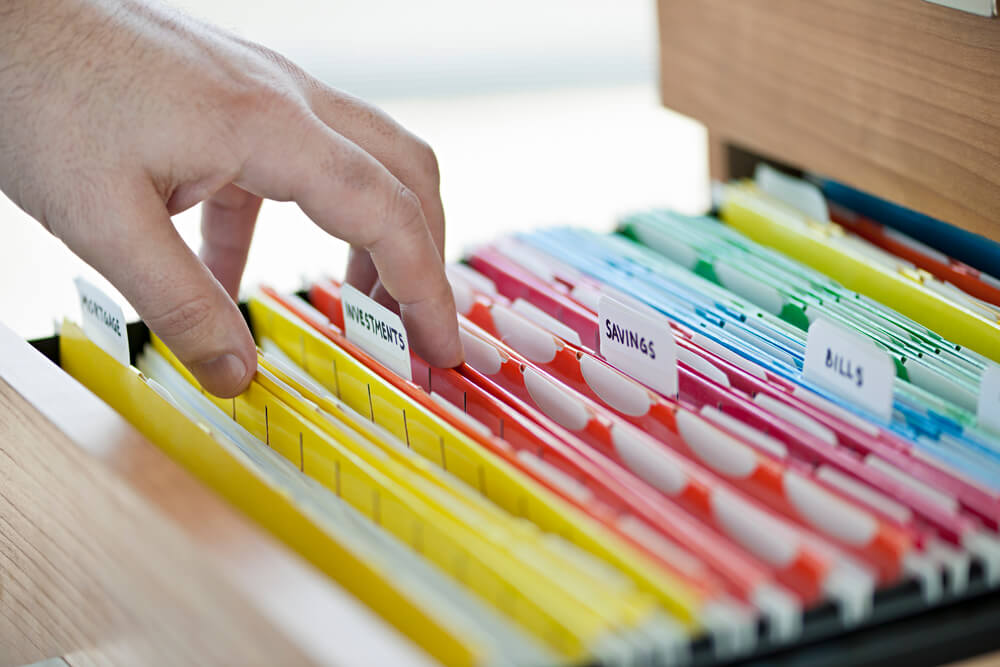“Have you been pre-approved for a home loan?” It’s usually one of the first questions a real estate agent asks a buyer and for good reason. It makes an offer more competitive. You’ll need lots of paperwork to get pre-approved for a mortgage, and this guide outlines everything you’ll need.
How to get pre-approved
Pre-approval for a loan is an important financial step in the home buying process. It’s something you should consider before you start searching for homes. That way when you find a house you like, you can make a strong offer.
With a pre-approval, the lender checks your credit and verifies your financial paperwork. It’s different than pre-qualification which is an estimate of how much house you can afford, based on unverified financial information that you provide. A pre-approved buyer looks better to a seller than a pre-qualified buyer.
In a seller’s market, buyers need to make as strong an offer as possible. A pre-approval letter helps set you apart and puts you one step closer to your next home.
1. Find a lender
When you’re buying a home, you’re making a long-term financial commitment. So, you want a lender you know and trust.
Just like you shop around for other big ticket items like a car, you should shop around for a lender. Prices and fees vary, and each one may offer you a slightly different interest rate.
Shopping around for a mortgage takes a little time, but there’s a potentially huge payoff. You can save thousands of dollars by shopping around for a lender.
If you have a Realtor®, ask for lender suggestions. Real estate agents typically work with several lenders and can recommend one to use.
Second, ask friends, family members, and colleagues for suggestions.
Third, talk to a mortgage broker. They typically work with multiple lenders so their rates may be different.
Finally, speak to your bank’s loan department.
After speaking with a variety of lenders, you’ll learn about different fees and rates. That makes it easier to choose the best lender for your situation.
Even though you have a pre-approval letter doesn’t mean you have to use that bank for the loan. It speeds up the home buying process, but it’s not required.
2. Provide proof of income
Once you have a lender, it’s time to find all your financial paperwork. Due to financial lending restrictions, be prepared to document your finances. You’ll do it during the pre-approval process and right before your loan closes.
You’ll need to verify your income with two year’s worth of W-2 statements, pay stubs, last two federal tax returns, and proof of any other income.
The pay stubs must include your year to date income.
3. Verify assets
Write a detailed list of all your assets, and then find statements to verify them. These include bank and investment (401K, IRA, CD, stocks, and bonds) statements.
You’ll need 60 days worth of statements or a quarterly statement.
4. Verify your employment
Your pay stubs won’t be enough to verify your job. Your lender will also call your employer.
Some companies use a third-party service to verify employment. Check with your employer so you can give your mortgage company accurate information.
5. Address verification
You’ll also verify your address for the last two years. If you rented an apartment, you might need to list your landlord.
6. Get your credit score
The bank determines your interest rate on many personal factors including your credit score. Your lender will run a credit check and get your score.
Related links:
How to shop around for a mortgage
8 smart money moves to make before buying a house
7. Personal identification
You’ll also need to provide personal identification like your Social Security number and driver’s license.
Bring all of this information to your lender. They’ll pull your credit and verify your paperwork. Once you receive your pre-approval letter, you’re ready to begin searching for homes. Set up a custom search today!
Let me know how I can help you with finding the home of your dreams!






 3751 NE Ralph Powell Road
3751 NE Ralph Powell Road 

